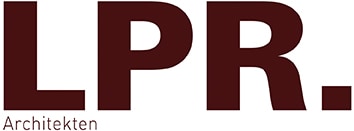The Top 3 Safety Management Systems for Construction
Construction is one of the most dangerous industry sectors. Be it a fall, a mechanical malfunction, or problems with exposure, construction workers can face serious injury while on the job.
A good safety management system (otherwise known as an SMS) can go a long way to help prevent accidents and occupational hazards.
An effective SMS goes beyond a prescriptive, “do this, don’t do that” approach to construction safety. Let’s explore why.
From a General Rule Book to Many Individual Systems
A long time ago, when construction managers still used paper notepads and slide rules, and before construction management software made its debut in the industry, early safety management systems were already in use. Based on safety regulations of the time, they were “one size fits all.” Government inspectors checked that construction companies were operating according to the legislation.
The assumption was that if your company was legal, it was safe.
Fast forward to a time when managers started using calculators. In the next generation of safety management systems, there was a fundamental change. Instead of doing safety by the government’s prescriptions, companies had to assess their own health and safety requirements. They had to establish some kind of SMS that showed they were taking all reasonable measures to keep their employees and others concerned (subcontractors, suppliers, customers, members of the public) safe throughout the workday.
By the time those calculators started morphing into PCs, many construction companies had figured out that there were at least three reasons to have an effective safety management system:
- Moral obligation. No company should place its employees, or people associated with the work of the company, at risk.
- Regulations. Most states and nations make it a legal responsibility for companies to promote and maintain secure working conditions.
- Cost-effectiveness. Time, effort, and money spent on preventing accidents is less than the expense of dealing with accidents afterwards.
The next step was to find out how to implement the right SMS. Surprisingly perhaps, while other sectors like aeronautics and air travel had been relatively well served with SMS solutions, finding a suitable basis for staying safe as a construction company sometimes meant a little digging.

